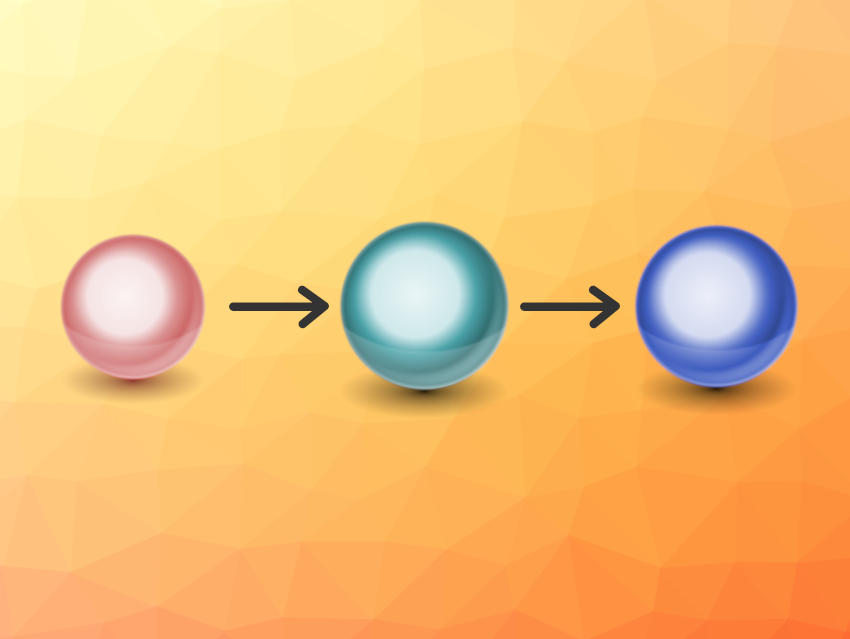Coatings based on materials that contain alkali metals can provide good ionic conductivity. This can be useful, e.g., in batteries or catalysis. Nanoshells made from materials such as LiNbO3, for example, can have applications in solid-state batteries. However, forming such a coating in a controlled, uniform manner can be difficult using simple solvent evaporation: The alkali metal (here Li) and the transition metal (here Nb) can separate and end up in different areas on the surface of the coated material.
Wei Zhang, Soochow University, Suzhou, China, and colleagues have developed a coating method for constructing alkali-metal-containing nanoshells. The approach uses hydrogen peroxide as a precipitant to first generate a coating layer that consists of a homogeneous, peroxo-based transition-metal compound, followed by an ion exchange with Li+ to create nanoshells with high ionic conductivity.
The team used ZrO2 nanoparticles as cores, which were dispersed in an aqueous solution containing an Nb5+ species, ammonium ions, and H2O2. Upon heating to 90 °C, a layer of (NH4)1–xHxNb(O2)O2 forms on the nanoparticles. This codeposition of ammonium or hydrogen and transition-metal ions is then followed by an ion-exchange step using a methanol solution of a lithium salt. Finally, the nanoparticles were calcined at 280 °C to obtain the desired amorphous LiNbO3 nanoshells.
This two-step method gives a uniform LiNbO3 coating on the nanoparticles. The thickness of the coating can be tuned by simply changing the number of ZrO2 nanoparticle seeds added to otherwise identical precursor solutions. The team verified that the method can also be used for other core materials (such as Au, Si, or SiO2). The resulting nanoshells can serve as fast ionic conductors. The researchers used LiNbO3-coated LiCoO2 as an electrode material in a solid-state battery and observed high rate performance and good cyclability. Overall, the developed peroxide-based pathway can be useful for the preparation of nanoshells with high ionic conductivities.
- Versatile Peroxide Route-Based Kinetics-Controlled Coating Method to Construct Uniform Alkali Metal-Containing Fast Ionic Conductor Nanoshells,
Pan Mei, Yuan Zhang, Bing Ai, Luxi Hong, Chenhuan Zhou, Wei Zhang,
J. Am. Chem. Soc. 2024.
https://doi.org/10.1021/jacs.4c04519


